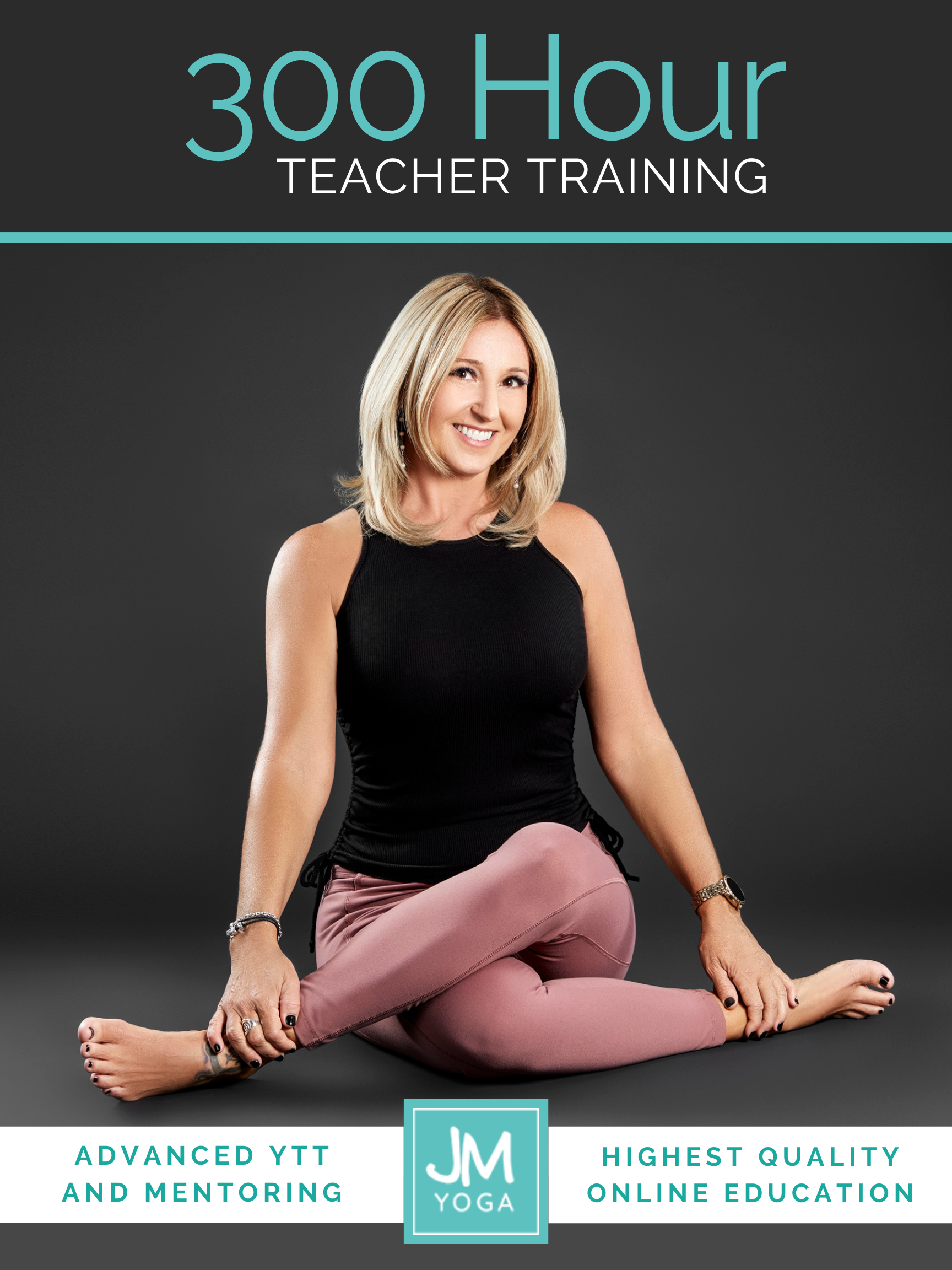Yoga vs. Static Stretching for Athletic Recovery: What the Research Says
In this episode of Yoga Research and Beyond, Ariana and I review a 2025 study comparing yoga and static stretching for recovery after high-intensity interval training (HIIT). You’ll learn how each modality affected heart rate, heart rate variability (HRV), respiratory rate, and blood pressure – key markers of autonomic nervous system recovery. We also explore how study design choices can influence outcomes and discuss what these findings mean for yoga teachers and movement professionals. Whether you’re curious about post-workout recovery or nervous system regulation, this episode breaks down the science in practical terms.
Introduction: What Is Athletic Recovery?
Athletic recovery has become a wellness buzzword, but what does it really mean?
Whether you’re a high-performing athlete or a dedicated weekend warrior, recovery is often marketed as massage guns, ice baths, or even meditation apps. But true recovery goes deeper.
Athletic recovery is the process the body uses to restore physical and psychological function after intense exertion. It’s more than rest, it’s a strategic process to reduce fatigue, support tissue repair, and prepare for future performance.
In this post, We’ll break down a 2025 study comparing yoga and static stretching for recovery after high-intensity interval training (HIIT), and share how it contributes to our understanding of the nervous system’s role in post-exercise recovery.
Common Athletic Recovery Methods
While this study focused on just two modalities, yoga and stretching, recovery as a whole includes many strategies:
-
Sleep (top of the list!)
-
Hydration and nutrition
-
Static and dynamic stretching
-
Yoga
-
Active recovery (light movement, walking)
-
Massage and foam rolling
-
Breathwork and meditation
-
Cold therapy and heat exposure
-
Compression gear
-
Red light therapy
-
Supplements
This study focused on autonomic recovery, measuring how quickly the nervous system returns to baseline following physical stress.
The Study: Yoga vs. Static Stretching After HIIT
Published in the International Journal of Exercise Science (2025), the study is titled: “Yoga versus Static Stretching: Recovery Impact on Male Athletes Post-HIIT.“
Study Design
-
Participants: 20 male university athletes (average age: 21)
-
Design: Crossover study – each participant tried both recovery methods on different days
-
Exercise Protocol: HIIT session (running at 85% max heart rate)
-
Recovery Protocols:
-
Yoga group: 15-minute guided session including breathing, poses (child’s pose, down dog, warrior I), and savasana
-
Stretching group: 15-minute static stretching following ACSM guidelines, ending with a rest period
-
Metrics Measured
To assess autonomic nervous system recovery, the researchers tracked:
-
Heart Rate (HR)
-
Heart Rate Variability (HRV)
-
Respiratory Rate
-
Blood Pressure
Measurements were taken:
-
Before exercise
-
At 5, 10, and 15 minutes post-exercise
-
24 hours after exercise
Key Findings
Both yoga and stretching contributed to autonomic recovery. Here’s how they compared:
| Metric | Yoga Group | Stretching Group |
|---|---|---|
| Heart Rate | ↓ Over Time | ↓ Over Time |
| Respiratory Rate | ↓ More Quickly (Faster Relaxation) | ↓ Gradually |
| Heart Rate Variability | ↑ Slightly More | ↑ |
| Blood Pressure | ↓ Over Time | ↓ Over Time |
-
Yoga slightly outperformed stretching in HRV and respiratory rate, suggesting a better parasympathetic response.
-
However, no significant difference was found between the two groups.
Interpreting “Significant Difference”
It’s important to note: “No significant difference” doesn’t mean there’s no effect. It simply means that statistically, the difference wasn’t large enough to rule out that the results were due to chance.
In other words, yoga and stretching may have different effects, but a significant difference does not tell you about the effect size.
Questions About Study Design
As always, it’s helpful to look closely at the methods:
-
Why was prior yoga experience excluded, but not prior stretching?
-
Why did the yoga session require a certified instructor, while the stretching session didn’t mention who led it?
-
Was savasana really different from the “rest period” in the stretch group? Or was it just labeled differently?
These details matter when comparing interventions.
So… Is Yoga Better for Recovery?
The short answer: maybe—but not by much.
Yoga showed slightly better results in autonomic markers like HRV and respiratory rate, but the differences weren’t statistically significant. And this study didn’t measure other aspects of recovery, like muscle soreness, inflammation, or performance.
A Note on Neurohype and Nervous System Claims
The paper also touched on polyvagal theory, vagal tone, and the baroreflex. These terms often get used in wellness spaces, sometimes without context or clarity.
I’ve been asking more questions in this area myself. A neuroscientist on my faculty reminded me: even the most advanced researchers admit how little we still understand about nerve activation and brain imaging.
Bottom line? We should be cautious when claiming that yoga “activates” or “stimulates” the vagus nerve, especially if we don’t fully understand how that’s measured.
Final Thoughts: What This Study Teaches Yoga Educators
-
Yoga and stretching both support post-exercise recovery, at least in terms of autonomic function.
-
Use these studies to build literacy, not make definitive claims.
-
Recovery means different things to different people. don’t assume everyone is measuring it the same way.
-
Feeling better after yoga or stretching is also a valid form of recovery, regardless of what the data says.
Extend Your Learning: Advanced Yoga Teacher Training with Jules Mitchell
This program is ideal if you have an interest in biomechanics, principles of exercise science, applications of pain science, neurophysiology, and stretching. These themes are combined with somatics, motor control theory, pose analysis and purpose, use of props for specific adaptations, pathology, restorative yoga, and intentional sequencing.
You will learn to read original research papers and analyze them for both their strengths and their biases. Critical thinking and intellectual discourse are central components in this training, which was designed to help teachers like you navigate through contradictory perspectives and empower you with education. Learn more >

